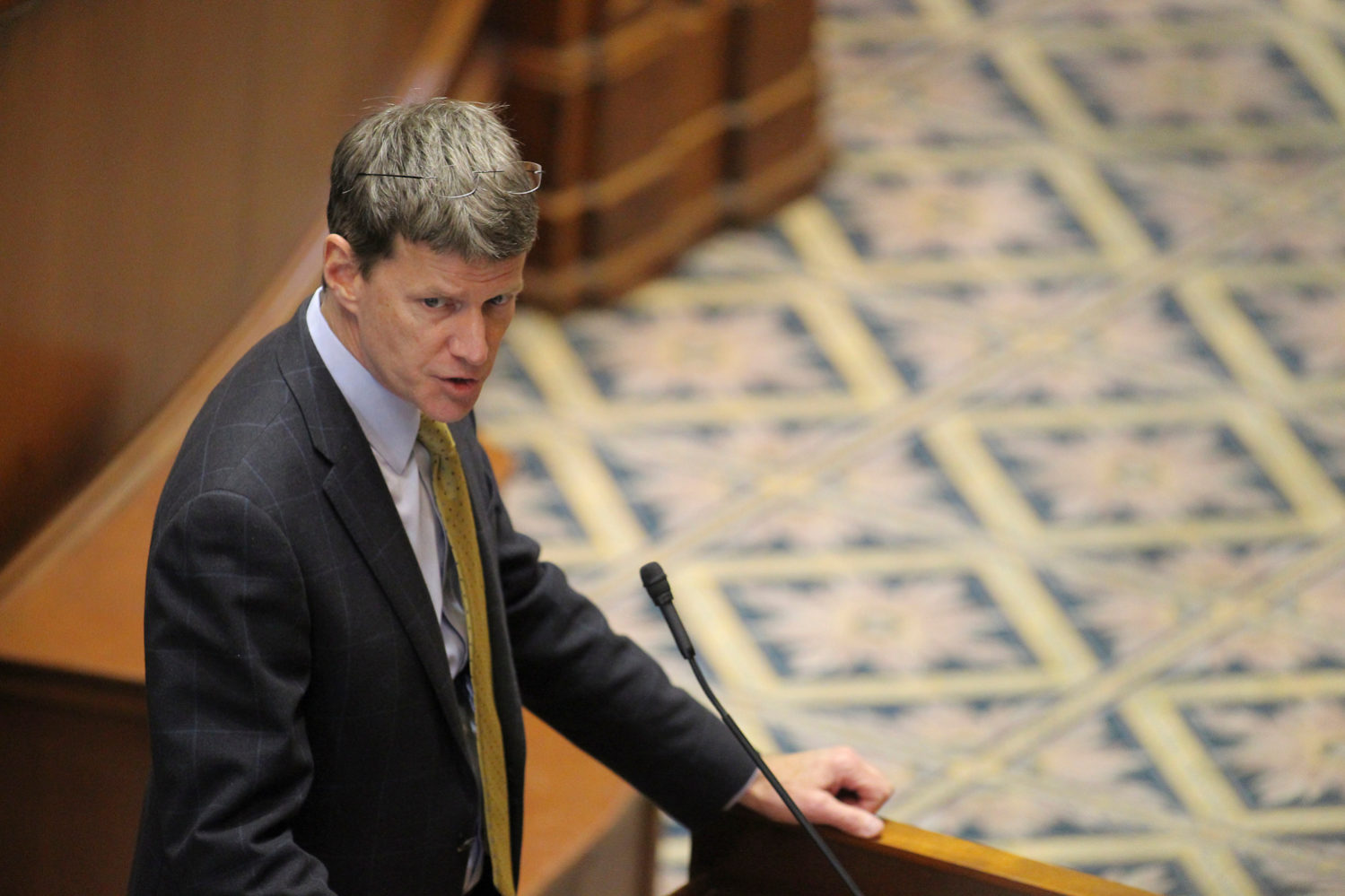#NukeGate: Legislative Games Continue
South Carolina lawmakers set to argue over their half-measures as a lasting solution to state’s energy crisis remains elusive …
South Carolina lawmakers continue to play political games with the state’s utility rates ̵
